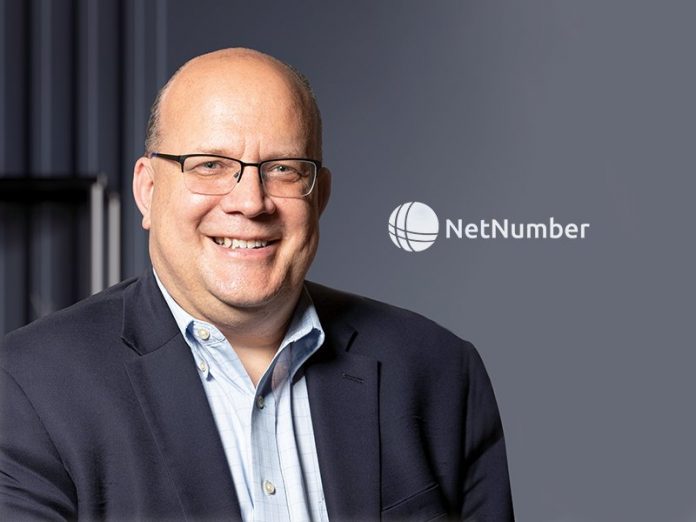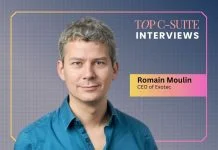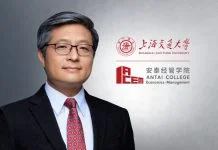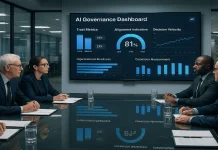Interview with Kevin Peters, President and CEO at NetNumber
All technology-based companies operate in an arena of constant change. However, perhaps no sector is subject to such inexorable, radical shifts as telecommunications. How can communications services providers (CSPs) confront the challenge of delivering state-of-the-art solutions while simultaneously continuing to service legacy technologies? Kevin Peters, CEO of NetNumber has answers.
Thank you for joining us today, Mr Peters! Would you mind giving us a little backstory on how your interest in telecommunications came about?
My college background (Fairfield University) was in physics and neuroscience, so my introduction to telecommunications came fortuitously via an internship in Human Factors Engineering, for which Bell Labs was well known at the time. I, nonetheless, still intended to be a child psychiatrist. Yet, AT&T offered me employment when I graduated, and I decided to try out the corporate world. That launched a 28-year journey at AT&T, where I filled in my knowledge base as required, e.g. MS telecom engineering (Stevens Institute), MBA Columbia University, AMP Harvard University, while enjoying a series of wonderful assignments as I progressed through the company.
What inspired you to pursue a career in this direction?
The timing was perfect. The telecommunications industry had just been liberated from its monopoly status by divestiture, and so was entering the first of many competition-fuelled innovation phases. My many mentors at AT&T instilled in me a rigorous work ethic and operational discipline and gifted me with challenging and escalating assignments, which allowed my people skills and creativity to flourish. The teams, challenges and technological transformations fuelled my passion thereafter.
Founded in 1999, NetNumber has grown to become a formidable player in an era of constant digital disruption. What would you say have been the principles of the company’s success?
One is our platform approach. The NetNumber TITAN platform, hardened for the communications service provider (CSP) network over many years, is an integrated, fully NFV-compliant solution for 2G through 4G. It enables CSPs to roll out multiple network solutions on a single platform and combine industry data, such as number portability, 800, CNAME, and much more. Carriers can deploy TITAN in a wide range of ways including: virtualised, cloud-hosted (i.e., AWS), NFV-compliant, cloud-native and commercial-off-the-shelf (COTS) hardware, providing optimal flexibility. It is an ideal solution for carriers not ready to transition to a fully cloud-native environment.
The NetNumber TITAN.IUM InterGENerational framework builds and expands upon on the TITAN Platform, and is designed to reach the next evolution in performance and scale, making it ideal for 5G and mobile edge compute (MEC) architectures. TITAN.IUM provides a streamlined container-based design, ideal for CSPs that are ready to transition to a cloud-native platform. This framework supports a “deploy anywhere” implementation that facilitates the use of native containers and containers running on virtual machines (VMs) or a turnkey hardware/software solution.
Innovation is a cornerstone of our values. We have a unique approach to the market and to the way we solve problems for the customer – a platform approach with integrated data services being unique in the industry and proven high return on investment.
Business has changed in every market over the last couple of years. This has been amplified by the pandemic in 2020, which really accelerated the need for digital transformation and transition to the cloud. Fundamental to digital transformation is a shift in the way businesses need to run in order to be able to scale and grow in a much more complex environment, and deal with unknowns as they arise.
At NetNumber, we’ve transitioned how we operate as an organisation, and the way we build products. The transition to agile is a fundamental one, allowing us to adapt to dynamically changing priorities and deal with the complexity of a changing market.
As part of this transformation, our relationships with customers have changed as well. We view our relationships with our customers as partnerships. We work extremely closely with them and have become integral with their way of planning and achieving goals, which helps us make sure we are the right partner for them now and into the future. We have truly transformed the way our customers are able to leverage generations of networks that overlay each other with our platform.
We maintain our focus on our core areas, such as our deep subject matter expertise and focus on signalling, routing, security, and subscriber data management. NetNumber has an experienced leadership team coming from both carrier and software, and we have fostered a strong team environment that leverages the best skills from both industries to offer a true software solution tailored for carriers.
NetNumber is widely known for enabling network evolution and transformation across all generations of technology for global telecoms. In layman’s terms, could you explain what that entails?
For decades, telecom networks were monolithic and complex. Hardware-based products and rigid processes impeded the ability of CSPs to upgrade, customise, or scale the network. CSPs have had to maintain legacy 2G and 3G networks alongside 4G, and now need to do so with the advent of 5G. Simple connectivity and networking are no longer a source of competitive differentiation, as voice and messaging have become commoditised. Aggregate traffic volumes continue to increase, as do the volumes and variety of devices and applications running on those networks.
With multiple generations of network technology, CSPs must simplify their legacy networks and automate network operations across both new and legacy environments. They are constrained by their organisational structures; the cost, performance and maturity of available technology; and the skill sets of their staff and vendor partners.
Our unique value and expertise is in helping CSPs manage the escalating complexity of multi-generational networks, while helping capture new revenue opportunities. Our platform approach, represented by TITAN and TITAN.IUM, harmonises the interaction between all network generations (2G-5G), reduces the complexity and inefficiencies of managing several generations of networks, and enables CSPs to reap the benefits of digital transformation.
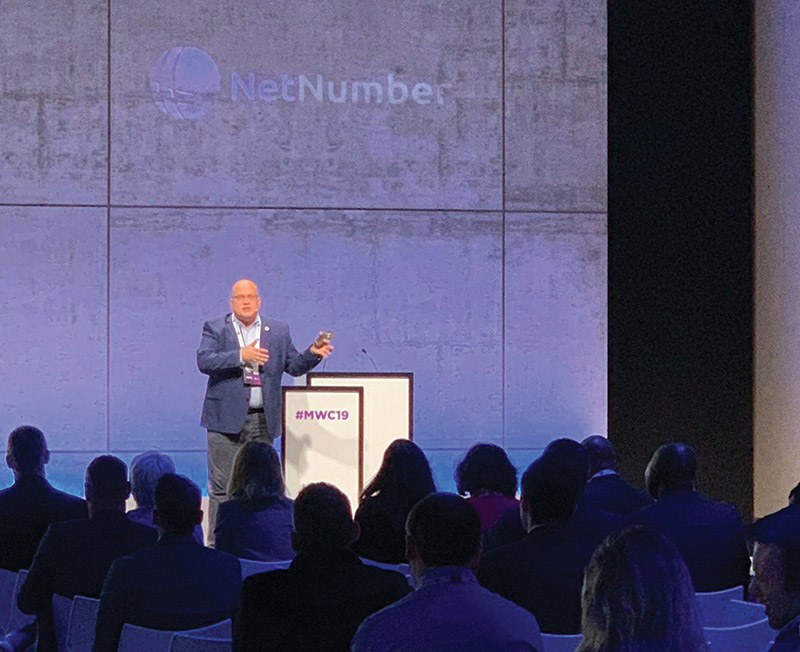
The transition to 5G and cloud native is not just about products. The way we deal with complexity and increasing disruptive forces must consider the workforce, internal processes, and technology. We learned in 2020 that we must prepare for the unknown, and that requires agility. NetNumber has been on a journey to become an agile company both in terms of how we develop and deliver our solutions to customers, but also how our workforce adapts to changing market requirements. Our customers are on this same journey, and we share our learnings with them.
What are the key differences between TITAN and TITAN.IUM?
NetNumber has been building software for the telecom industry for more than 20 years. TITAN was the industry’s first centralised signalling and routing (CSRC) platform, which spans multiple signalling and database functions. We continue to see tremendous adoption of TITAN as the industry’s most robust software platform that brings together signalling, routing, subscriber data management, global data services and security capabilities. Both standards-based applications and custom-defined solutions can reside side-by-side on TITAN, supported by a common provisioning interface. In addition to integrating telecom data sources such as number portability, we’ve added value across all the TITAN applications with new analytics capabilities.
TITAN.IUM leverages the capabilities, knowledge and experience gained from TITAN. It is the industry’s first cloud-native InterGENerational core network solution designed to deliver high-performance, flexible services enabling the telecom journey to 5G cloud-based infrastructures. TITAN.IUM has an inherent flexibility stemming from a multi-generational and multi-protocol approach, and not only serves the core signalling and routing applications that carriers are looking to deploy into a cloud, but also augments those applications with real-time data. TITAN.IUM also provides significant deployment flexibility. Our customers can choose to fully deploy our solutions in their own private cloud, deploy in public cloud infrastructure, or a hybrid of both into the future.
Telecom operators across the globe have responded enthusiastically to the TITAN.IUM platform’s InterGENerational design, which brings forward the legacy network functions of 2G/3G/4G and combines them with cloud-native and 5G signalling core capabilities.
NetNumber also has been at the forefront of enabling CSPs to deliver new services with a comprehensive range of telecom data and services. CSPs require high-quality, accurate industry data to make informed and cost-effective decisions on rating, routing, billing, and detecting scam and nuisance calls. The data required for these actions can vary widely by CSP, by country of origin, by country of destination, by data type, and by third-party source providing the data. Acquiring, normalising and managing mission-critical industry data can be a costly and resource-intensive drain on operations teams. Our global data services enable both CSPs and enterprises to address emerging market requirements like fraud and security and expand their revenue opportunities.
These services can be delivered directly into TITAN or independently of it. Increasingly, customers see the value of combing TITAN and our data services. For example, customers who run signalling and routing control or signalling firewall applications on TITAN typically buy GDS as well, to provide up-to-date number portability data or real-time validation for some security-related use cases.
Let’s talk about growth drivers. What trends do you see influencing the telecom industry in the coming decade? Has NetNumber taken any steps in this regard?
Two key growth drivers are mobility and authentication.
5G is the intersection of traditional telecom networks and the hyper-connected mobile world. Over the past ten years, we have seen a rise in mobility and mobility technology, such as multi-device messaging (e.g., A2P) that have become pervasive in our daily lives – stretching from the consumer services we enjoy to our work activities. Further, 5G requires specific security capabilities be built in by design as digital identification and authentication requirements are changing and impacting the management of subscribers.
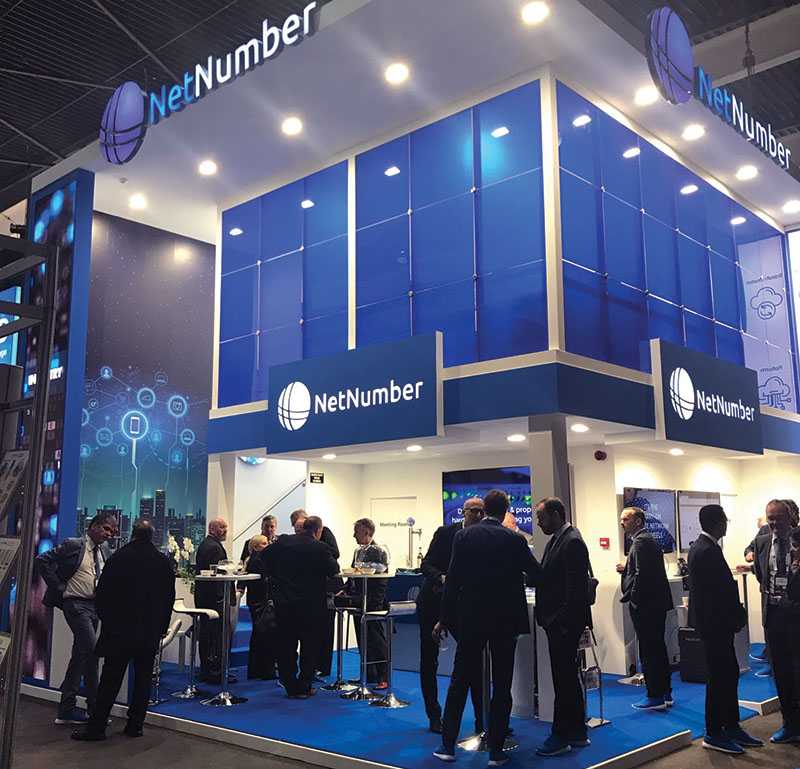
5G is the first telecom infrastructure based on cloud computing techniques, and is a fundamental shift in the way networks are deployed and operated. The shift to cloud computing for 5G impacts every area of the telecoms business, including the workforce at all levels. This shift equally impacts the vendors that supply infrastructure and services to the carriers.
NetNumber anticipated this transformation and shifted focus towards creating our TITAN.IUM cloud native solution to ensure we can meet the demands of the market as they arise.
NetNumber solutions provide CSPs with a comprehensive security approach that is critical for today’s networks, as well as the emerging 5G networks. With our comprehensive security portfolio and leadership in several fraud and security industry bodies, NetNumber is able to apply “secure by design” principles across all generations of infrastructure.
What do you see as the main challenges facing the global telecom industry in a post-pandemic economy?
As we entered 2020, the beginning of a large-scale rollout of 5G was expected to usher in a new era for the telecommunications industry. Speed and yet-to-be-defined “killer apps” would drive consumers to pay premium prices. Telecom operators would become more valuable partners to their enterprise customers by embedding into their operations and providing insights into network usage and traffic. Vendors would benefit from sales of new phones, equipment and infrastructure.
The global pandemic led to a global 5G disappointment, with the telecom revenue boost never materialising. Despite the transition to online work, school, and life and the resulting increase in network usage, industry analysts reported that telecom revenues declined by about 3 per cent for the year.
The result: it has been more difficult for operators to monetise improved network performance. Instead, operators have placed a greater focus on capturing cost savings by improving efficiencies of their legacy networks. The world recognised the telecom industry as critical infrastructure, and realised the value of secure, reliable and resilient networks.
The pandemic also provided operators with the time to pause and think about their 5G investments. It provided relief from the pressure of the race to invest in 5G before there were good commercial reasons to do so and before some of the important elements like the 5G core were fully defined.
NetNumber started out with the goal of simplifying the migration between signalling channels without having to sacrifice any essential communication lines. Do you believe you’ve achieved that today?
Yes, we do. With multiple generations of network technology, telecom operators must simplify their legacy networks and automate network operations across both new and legacy environments. They are constrained by their organisational structures, the cost, performance and maturity of available technology, and the skill sets of their staff and vendor partners.
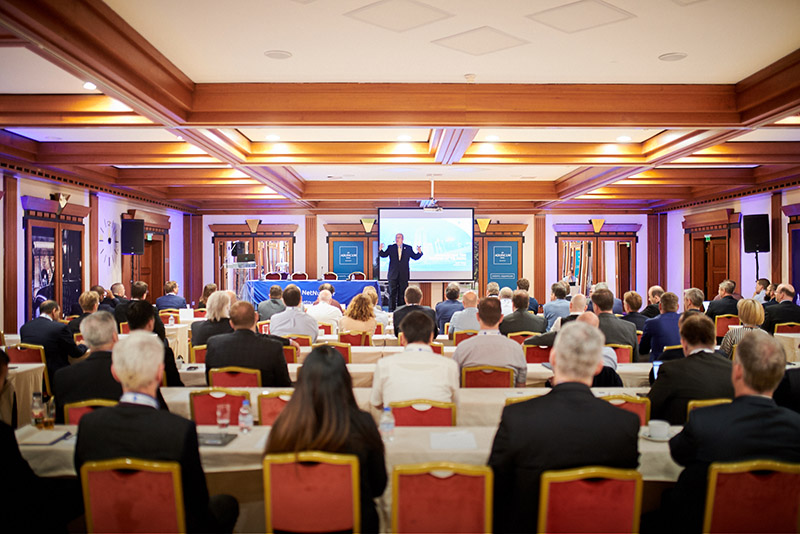
NetNumber’s unique value and expertise are in helping operators manage the escalating complexity of multi-generational networks, while helping capture new revenue opportunities presented by data, security and 5G. Our purpose is ensuring global InterGENerational network performance for our customers wrestling with generations of technology, be it 2G, 3G, 4G or 5G.
What other sorts of organisational actions have you taken to encourage greater agility in the company?
We have transitioned how we operate as an organisation, and the way we build products. The transition to agile is a fundamental one, allowing us to adapt to dynamically changing priorities and deal with the complexity of a changing market.
By bridging from legacy technologies to new infrastructures, you’re shaping the landscape for this new generation of network solutions. What can we expect to see from NetNumber in the near future?
5G will create exciting new revenue opportunities for telecom operators: connected vehicles; smart cities, homes and factories; tele-health and robotic-assisted surgery; and immersive entertainment. Our next-generation platform will deliver the portfolio of products and capabilities telecom operators will need in order to create new revenue-generating services that support these 5G use cases and more.
Our purpose to ensure global InterGENerational network performance is built upon our strong 20+ year history, and it solves a significant challenge that telecom operators face today and in the future.
Executive Profile

Kevin Peters joined NetNumber, Inc. as President and Chief Executive Officer on February 1, 2018. He had been a member of the company’s board of directors since June 2016. Peters brings to NetNumber a wealth of leadership experience gained over the course of a 28-year career with AT&T, as well as broad industry and executive advisory experience across the global technology and telecom industries. Peters retired from AT&T in 2014 as the executive vice president of global business customer service, in which he led the company’s multinational customer service operation.


